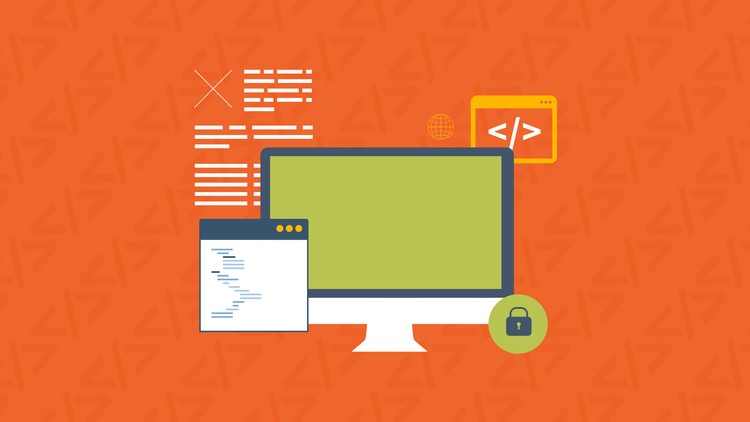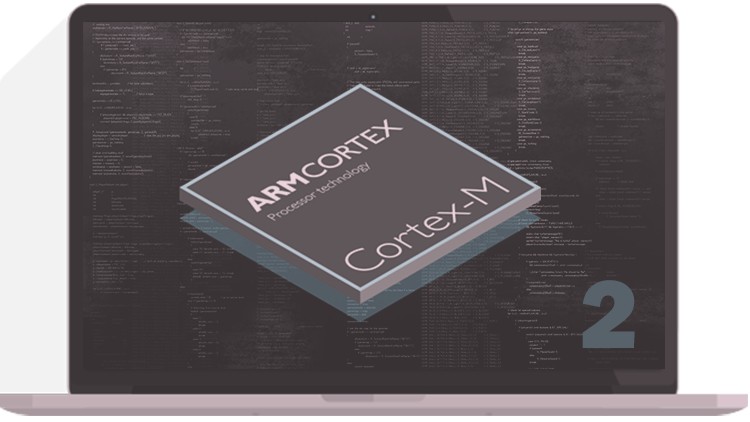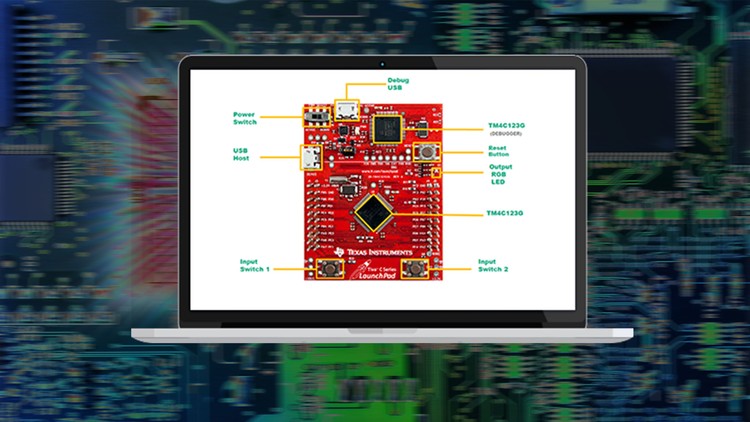If you’re interested in pursuing a career in computer programming, it’s important to have a strong foundation in the basics of coding.
The assembly language is a low-level programming language that provides a direct correspondence between hardware and software.
In other words, it’s a language that can be read and written by computers.
Although it’s not as widely used as high-level languages like Java and Python, learning assembly language is a good way to gain a better understanding of how computers work.
Table of Contents
Learning Assembly Language Online: A Student’s Guide
Why learn Assembly Language?
There are many reasons to learn assembly language, but some of the most important ones are:
- The Assembly language is the only way to directly access the hardware of a computer. This means that you can write programs that do things that are not possible in higher-level languages.
- Assembly language is very fast. Programs written in assembly language can execute much faster than programs written in a higher-level language.
- It is very compact. Programs written in assembly language can be much smaller than programs written in a higher-level language. This can be important when memory is limited, as on a mobile device.
- It is very portable. Programs written in assembly language can be easily ported to different types of processors with little or no modification.
- Assembly language is very easy to debug. Programs written in assembly language can be easily debugged with a debugger that supports assembly language.
- Assembly language is very easy to understand. Programs written in assembly language are often easier to understand than programs written in a higher-level language. This can be important when you need to understand how a program works in order to debug it or to optimize it.
How can Assembly Language be used?
The assembly Language can be used for a variety of purposes.
One common use is for low-level programming, where Assembly can be used to directly manipulate hardware registers and memory locations.
This can be used for tasks such as developing device drivers or real-time operating systems.
Another use for Assembly is for performance-critical code.
Since Assembly code can be carefully tuned to the specific processor it will be running on, it can often execute faster than code written in a higher-level language.
This can be important for applications such as video games or scientific computing.
Finally, assembly can also be used for educational purposes. It can be a useful tool for teaching concepts such as computer architecture or programming techniques.
The rold of the Assembler
Assembly is a low-level programming language that is specific to a particular type of processor. It is typically used for system programming, such as operating system kernels, device drivers, and embedded systems.
An assembly program is written in a text file, which contains a series of instructions that the processor reads and executes.
Assembler, on the other hand, is a type of program that converts assembly code into machine code, which can be run on a computer. It is typically used to create programs for microprocessors and other types of processors.
An assembler program is also written in a text file, but it contains a series of instructions that the assembler translates into machine code.
So, what’s the difference between assembly and assembler?
Assembly is a low-level programming language that is specific to a particular type of processor, while assembler is a type of program that converts assembly code into machine code.
Frequently Asked Questions
Is assembly still in demand?
Yes, assembly language is still in demand today, though its popularity has diminished in recent years. Because assembly code can be close to the hardware level, it can be used for very low-level tasks or for tasks that require precise control over the underlying machine. Additionally, some assembly code can be optimized for speed or size in a way that is difficult to do with higher-level languages.
Is assembly language difficult to learn?
Assembly language is a low-level programming language, which means that it is closer to the machine code that the computer understands than high-level programming languages such as C++ or Java. This can make assembly language code more difficult to read and write than code in high-level languages.
How long does it take to learn assembly?
It is not an easy language to learn, and it can take weeks or months to become proficient. However, once you know assembly language, you can write efficient and powerful code that is difficult to write in other languages.
Which assembly language should I learn first?
The answer to this question depends on what type of computer you want to program. If you want to program an x86-based computer, then you should learn the assembly language for that type of machine. If you want to program a different type of computer, then you should learn the assembly language for that machine.
What is the assembly language?
Assembly language is a low-level programming language for computers, microcontrollers, and microprocessors. It uses a symbolic representation of the machine code that is specific to a particular type of processor.
Is asssembly language human readable?
No, assembly is not human readable.
Does the assembly language need a compiler?
No, the assembly language does not need a compiler.
What assembly language does apple use?
Apple uses the ARM64 assembly language for its products.
Can you convert assembly language?
Yes, it is possible to convert assembly language into another language, although it may be difficult to do so depending on the language. Some languages are easier to convert than others, and some may not be possible to convert at all.
Conclusion
Many people are interested in learning Assembly, but are not sure where to start. There are many resources available online that can help people learn this programming language.
The most important thing for people to remember when learning the Assembly programming language is to be patient and take their time.
There are many different concepts that need to be understood in order to be successful in this language.
With a little time and patience, anyone can learn to program in Assembly.
Resources
- Assembly language overview – Utep
- Programmed Introduction to MIPS Assembly Language – Central Connecticut State University
- x86 Assembly Guide – University of Virginia Computer Science
- Computer Architecture: Assembly Language Cheatsheet – Codeacademy
- Assembly Programming Tutorial – Tutorialspoint
- Learn Assembly Language Programming with ARM – Freecodecamp


 Online course by
Israel Gbati
Online course by
Israel Gbati

 Online course by
xor pd
Online course by
xor pd

 Online course by
Gustavo Pezzi
Online course by
Gustavo Pezzi

 Online course by
Israel Gbati
Online course by
Israel Gbati

 Online course by
BHM Engineering Academy
Online course by
BHM Engineering Academy

 Online course by
Yasmeen Sultana
Online course by
Yasmeen Sultana

 Online course by
Yasmeen Sultana
Online course by
Yasmeen Sultana

 Online course by
Shahram Taheri
Online course by
Shahram Taheri

 Online course by
xor pd
Online course by
xor pd

 Online course by
Israel Gbati
Online course by
Israel Gbati



